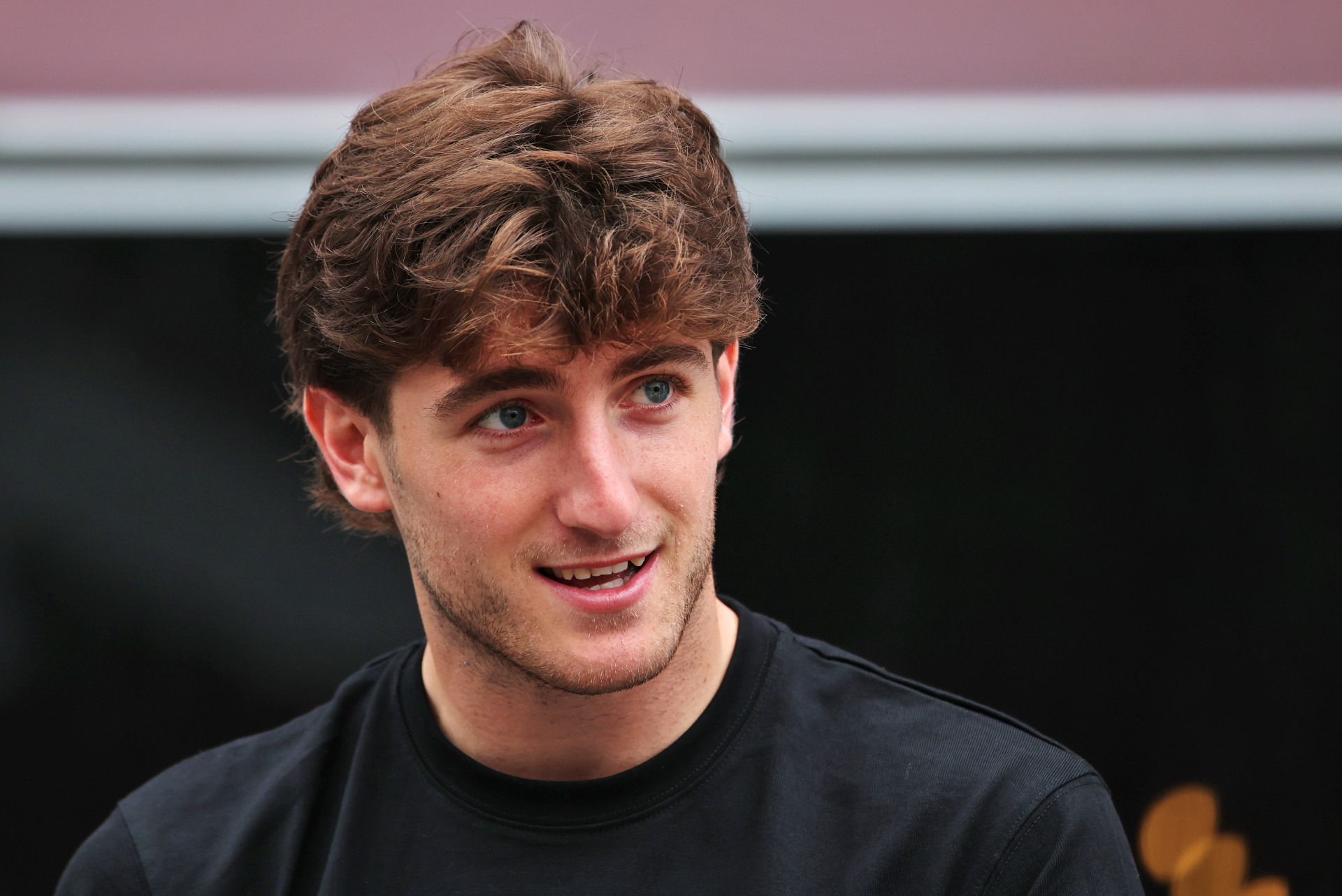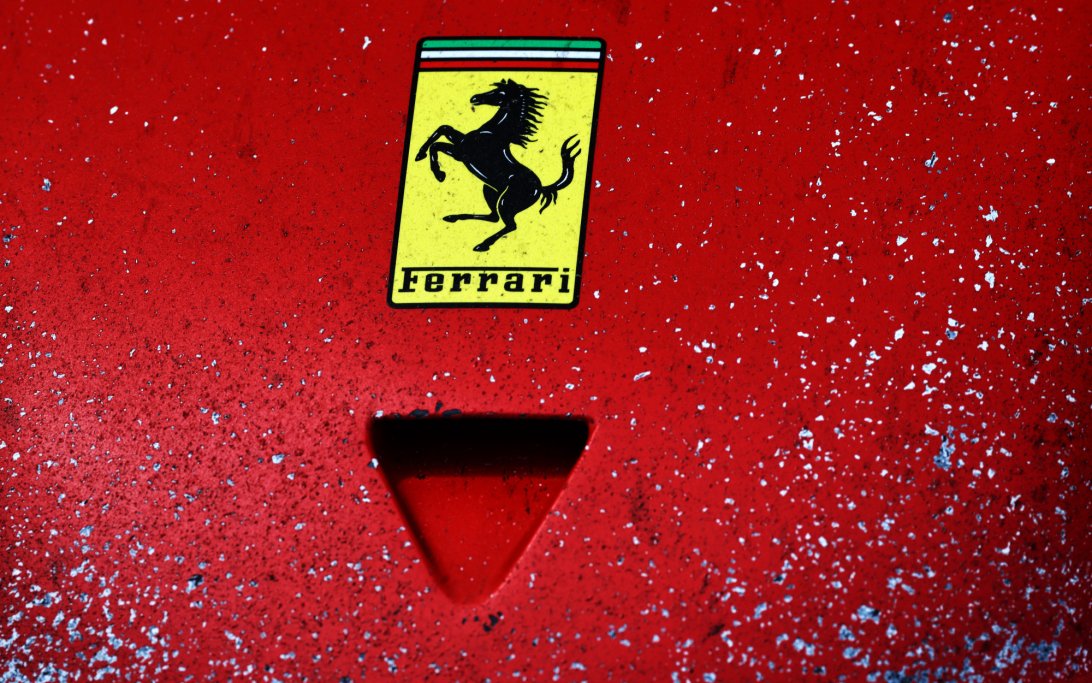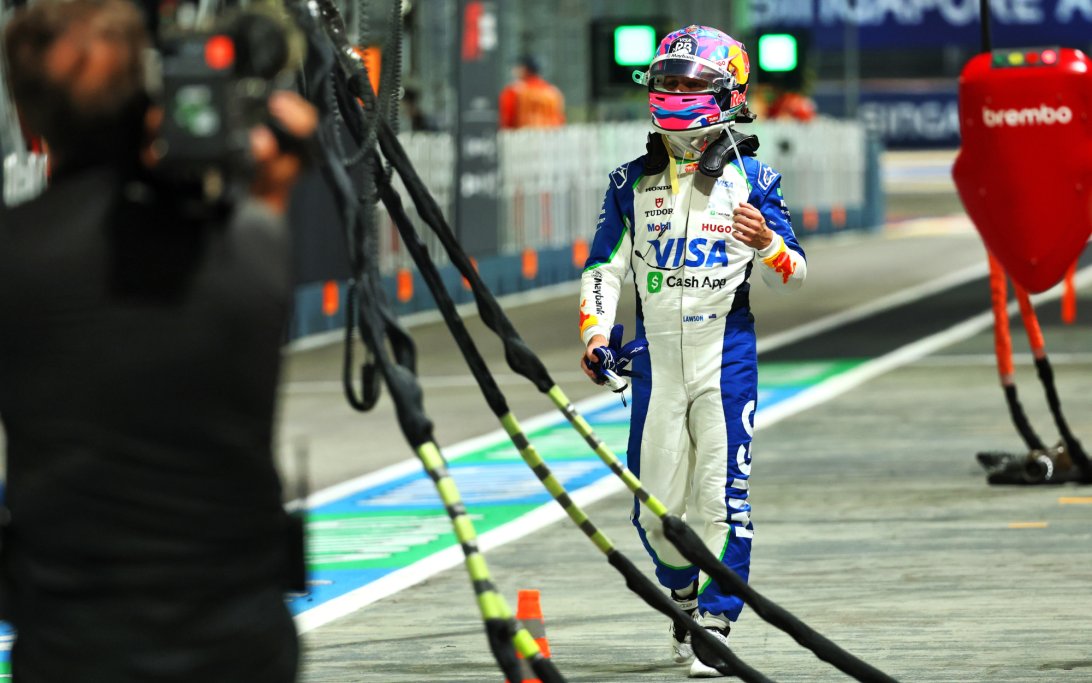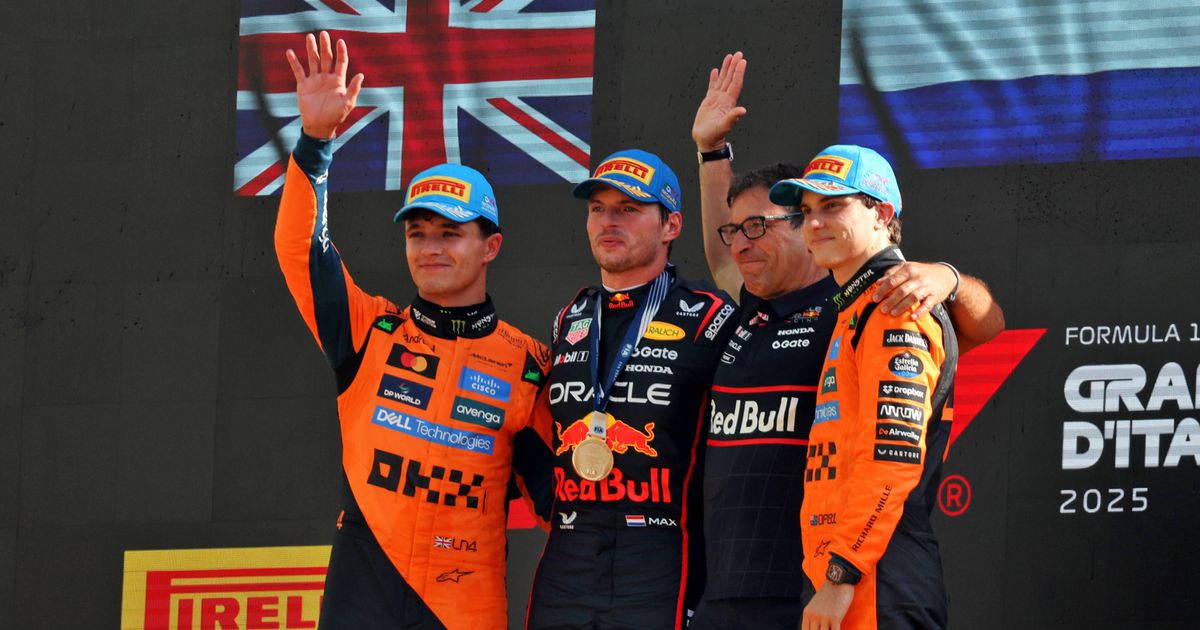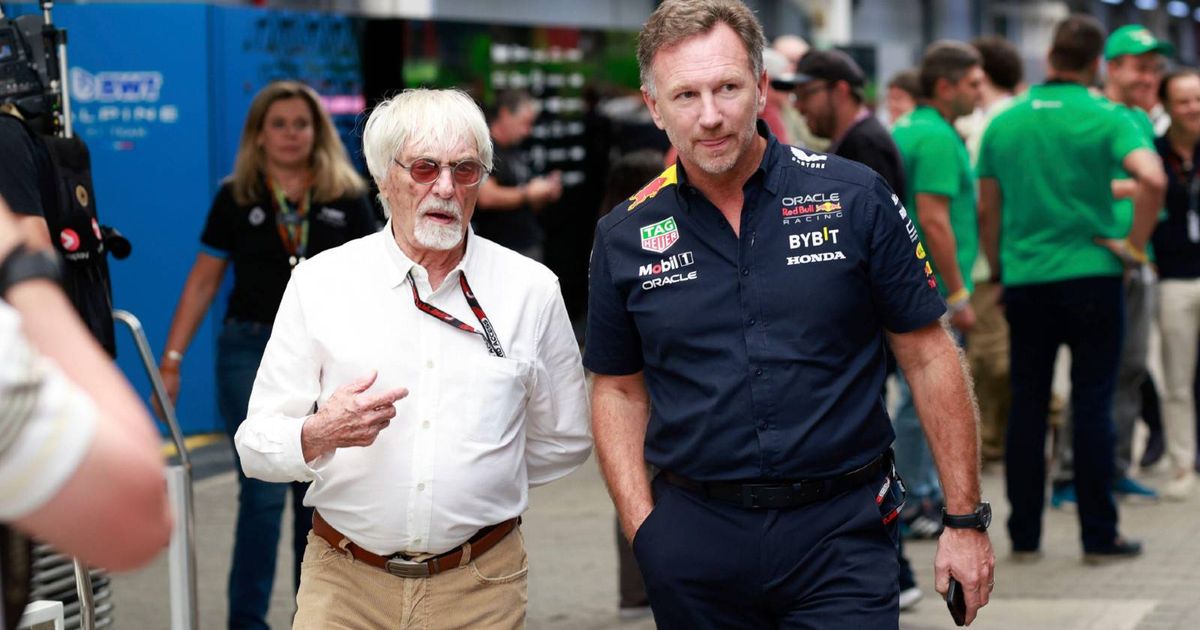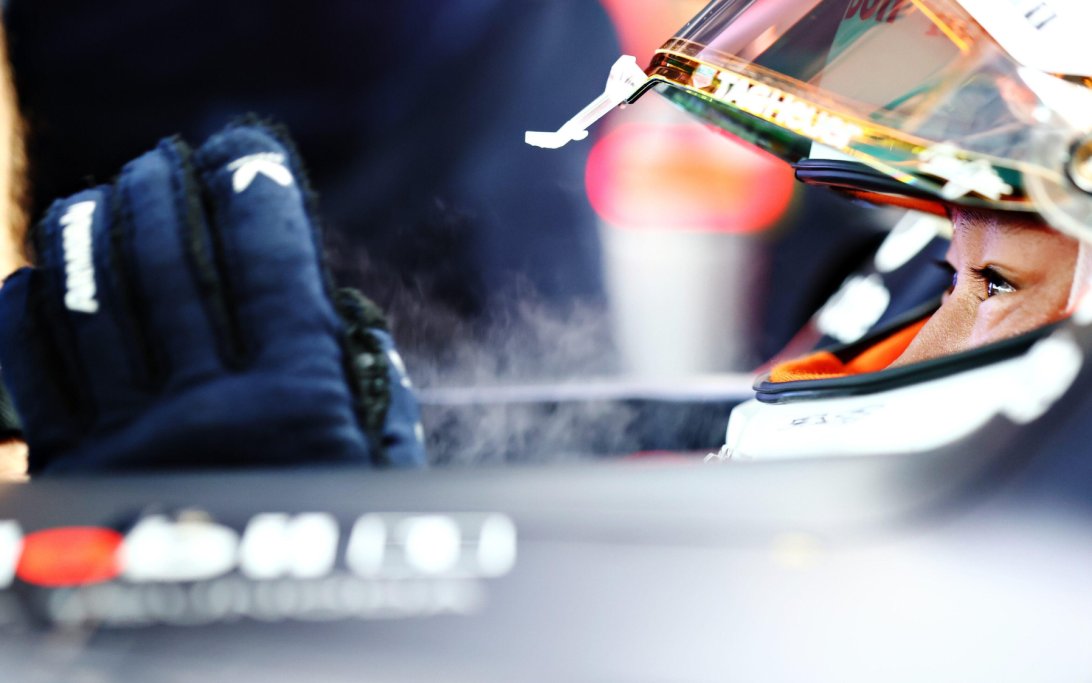
Can Max Verstappen Challenge McLaren in Singapore After Promising Practice?
Oscar Piastri topped Friday practice in Singapore with a 1m30.714s, with Max Verstappen just 0.143s behind in third. This narrow gap is particularly noteworthy for Verstappen, as Singapore has historically been a challenging circuit for Red Bull. While long-run data remains limited due to disrupted practice sessions, initial comparisons suggest a tight battle for pole position and race victory.
Why it matters:
Red Bull's strong showing in Singapore, a circuit traditionally less favorable to them, indicates significant progress. If Verstappen can overcome the McLaren duo, it would solidify Red Bull's versatility and championship dominance, even on tracks considered 'bogey tracks' for their car. This performance could also signal a shift in the competitive landscape, with McLaren emerging as a genuine threat.
The Details:
- Oscar Piastri set the fastest time in FP2 (1m30.714s), with Max Verstappen in third (+0.143s) and Lando Norris in fifth (+0.483s).
- Long-Run Analysis: Despite truncated sessions, Verstappen's long-run pace averaged 0.134s per lap quicker than Piastri's, suggesting strong race potential once fuel levels are accounted for.
- Red Bull motorsport advisor Helmut Marko noted, "It was the best Friday since I don't know how many years here. So, we definitely made a step forward."
- Sector Performance: Verstappen's main deficit to McLaren was in the final sector, where the RB21 was 0.146s slower, specifically losing time in Turns 5 and 18. This suggests areas for improvement in qualifying.
- Other Contenders: Ferrari and Mercedes struggled, with Lewis Hamilton's potential lap placing him fifth and Charles Leclerc's long-run pace in FP1 being a tenth quicker than Verstappen's (though FP1 conditions were unrepresentative).
- Midfield Surprises: Fernando Alonso (Aston Martin) topped FP1 and finished fourth in FP2. Isack Hadjar (Racing Bulls) was surprisingly second fastest, indicating potential for strong qualifying performances from midfield teams.
The Big Picture:
Singapore is known for its challenging street circuit, where overtaking is difficult and qualifying position is crucial. Red Bull's improved performance on a circuit historically problematic for them demonstrates their continuous development and adaptability. McLaren's strong pace, particularly from Piastri, sets up a thrilling fight at the front. The limited long-run data, however, leaves much to be desired, making Saturday's qualifying and Sunday's race pace even more unpredictable.
What's next:
- The one-stop strategy is still projected to be about four seconds faster than a two-stop, despite an increased pitlane speed from 60km/h to 80km/h. This is due to the difficulty of overtaking and the risk of losing positions in traffic.
- Only a safety car intervention would realistically make a two-stop strategy viable.
- Pirelli's chief engineer, Simone Berra, indicated low tire degradation, suggesting all three compounds (including soft) could be race-viable, adding another layer of strategic complexity. The focus now shifts to qualifying, where a strong grid position will be paramount for race success.
Original Article :https://www.motorsport.com/f1/news/can-max-verstappen-beat-the-mclaren-pair-in-s...


